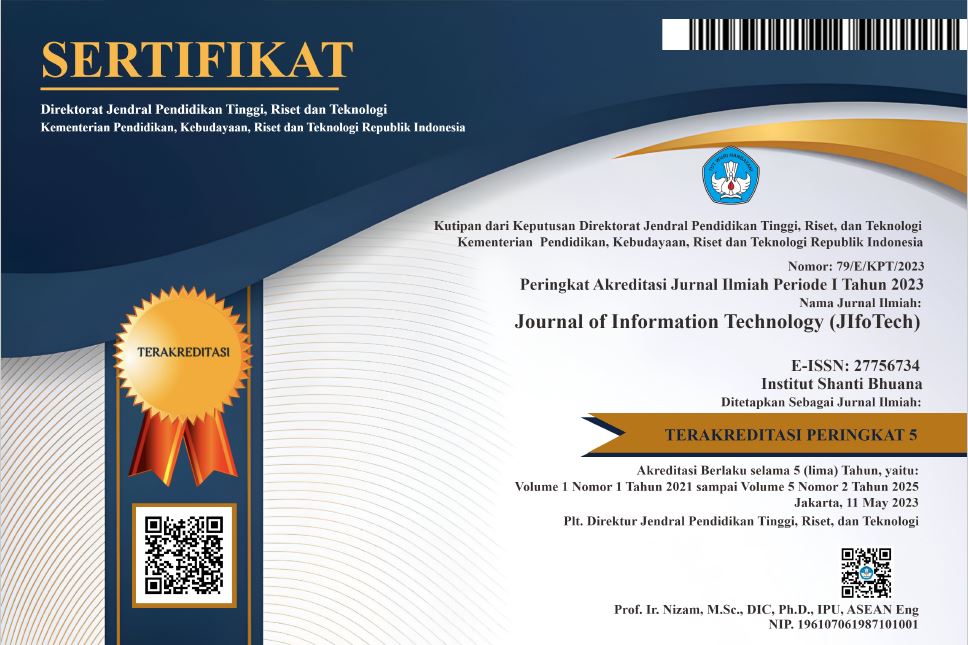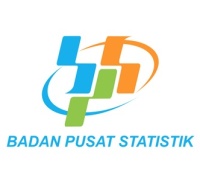Analysis of the Potential of Landslide Prone Areas in Bawen and Tuntang Districts with the Simple Additive Weighting (SAW) Method
Abstract
The high intensity of rainfall at the end of 2020 and early 2021 not only caused several areas in Indonesia to be flooded but also landslides. Landslides can occur due to soil movements in the rainy season and are influenced by tectonic conditions in Indonesia which are always changing. Bawen and Tuntang Districts are two districts in Semarang Regency, Central Java. Both areas were hit by floods and landslides in April 2020. The material and moral losses of the local population are inevitable. To take precautions as early as possible in order to reduce future losses, it is necessary to conduct research on the potential of landslide-prone areas in Bawen and Tuntang Districts. The analysis was carried out using the Simple Additive Weighting (SAW) method to calculate the percentage of an area where landslides occurred. The parameters used include land cover, slope, rainfall, Soil Adjusted Vegetation Index (SAVI), Normalized Difference Vegetation Index (NDVI), and Normalized Difference Wetness Index (NDWI). The results of this study indicate that the level of landslide vulnerability in Bawen and Tuntang Districts is classified as "kurang rawan". The results of this study are expected to become a spatial planning document based on landslide disaster mitigation in Semarang Regency, especially in Bawen and Tuntang Districts.
References
H. S. Naryanto, H. Soewandita, D. Ganesha, F. Prawiradisastra, and A. Kristijono, “Analisis Penyebab Kejadian dan Evaluasi Bencana Tanah Longsor di Desa Banaran, Kecamatan Pulung, Kabupaten Ponorogo, Provinsi Jawa Timur Tanggal 1 April 2017,” J. Ilmu Lingkung., vol. 17, no. 2, p. 272, 2019, doi: 10.14710/jil.17.2.272-282.
M. F. Yassar et al., “Penerapan Weighted Overlay Pada Pemetaan Tingkat Probabilitas Zona Rawan Longsor di Kabupaten Sumedang, Jawa Barat,” J. Geosains dan Remote Sens., vol. 1, no. 1, pp. 1–10, 2020, doi: 10.23960/jgrs.2020.v1i1.13.
B. K. S. Mala, I. L. Moniaga, and H. H. Karongkong, “Perubahan Tutupan Lahan Terhadap Potensi Bahaya Longsor dengan Pendekatan Sistem Informasi Geografis di Kolonodale Kabupaten Morowali Utara,” Spasial, vol. 4, no. 3, pp. 155–166, 2017.
D. Hayati and S. Y. J. Prasetyo, “Prediksi Spasial Wilayah Resiko Tanah Longsor Di Jawa Tengah Berdasarkan SAVI, OSAVI, DVI, NDVI Menggunakan Krigging,” Indones. J. Comput. Model., vol. 1, no. 2, pp. 80–86, 2018, doi: 10.24246/j.icm.2018.v1.i2.p80-86.
M. Lasera, Y. Mudin, and M. H. Rusydi, “Penentuan Lokasi Berpotensi Longsor Dengan Menggunakan Metode Analytycal Hierarchy Process ( AHP ) Di Kecamatan Kulawi Kabupaten Sigi ( Determination Of Potential landslides Area Using Analytical Hierarchy Process ( AHP ) Method In The District Kulawi , S,” Nat. Sci., vol. 5, no. 3, pp. 258–267, 2016.
Y. Riko, A. I. Meha, and S. Y. J. Prasetyo, “Perubahan Konversi Lahan Menggunakan NDVI, EVI, SAVI dan PCA pada Citra Landsat 8 (Studi Kasus : Kota Salatiga),” Indones. J. Comput. Model., vol. 1, pp. 25–30, 2019.
T. Mahesti et al., “Identifikasi Perubahan Tutupan Vegetasi dan Curah Hujan Kabupaten Semarang Menggunakan Citra Saltelit Lansat 8,” 2019.
N. Anggraini et al., “Analisis Perubahan Garis Pantai Ujung Pangkah dengan Menggunakan Metode Edge Detection dan Normalized Difference Water Index (Ujung Pangkah Shoreline Change Analysis Using Edge Detection Method and Normalized Difference Water Index),” J. Penginderaan Jauh, vol. 14, no. 2, pp. 65–78, 2017.
B. Laurensz et al., “Potensi Resiko Banjir dengan Menggunakan Citra Satelit (Studi Kasus : Kota Manado, Provinsi Sulawesi Utara),” 2018.
R. Haribulan et al., “Kajian Kerentanan Fisik Bencana Longsor Di Kecamatan Tomohon Utara,” Spasial, vol. 6, no. 3, pp. 714–724, 2019.
Susilowati and I. Sadad, “Analisa Karakteristik Curah Hujan di Kota Bandar Lampung,” J. Konstr., vol. 7, no. 1, pp. 13–26, 2015.
L. Li, T. Losser, C. Yorke, and R. Piltner, “Fast Inverse Distance Weighting-Based Spatiotemporal Interpolation : A Web-Based Application of Interpolating Daily Fine Particulate Matter PM 2 . 5 in the Contiguous U . S . Using Parallel Programming and k-d Tree,” pp. 9101–9141, 2014, doi: 10.3390/ijerph110909101.
J. M. Pasaribu and N. S. Haryani, “Perbandingan Teknik Interpolasi DEM SRTM dengan Metode Inverse Distance Weighted (IDW), Natural Neighbor dan Spline (Comparison of DEM SRTM Interpolation Techniques Using Inverse Distance Weighted (IDW), Natural Neighbor and Spline Method),” J. Penginderaan Jauh, vol. 9, no. 2, pp. 126–139, 2012.
S. B. Menggunakan, T. Susilowati, E. S. Suranti, S. Informasi, and S. P. Lampung, “Menentukan Penerima Beasiswa Pada Metode Saw,” pp. 157–164, 2017.
G. Information, S. Gis, U. Deteksi, and D. Rawan, “Fakultas Ilmu Komputer | Universitas Dian Nuswantoro Semarang Jurnal GIS Deteksi Rawan Longsor [ 2013 ] Fakultas Ilmu Komputer | Universitas Dian Nuswantoro Semarang,” pp. 1–11, 2013.
Kusumadewi, Sri., Hartati, S., Harjoko, A., dan Wardoyo, R. (2006). Fuzzy Multi-Attribute Decision Making (FUZZY MADM). Yogyakarta: Penerbit Graha Ilmu.
Copyright (c) 2021 Mira, Merryana Lestari, Candra Gudiato, Sri Yulianto Prasetyo, Charitas Fibriani

This work is licensed under a Creative Commons Attribution 4.0 International License.






















